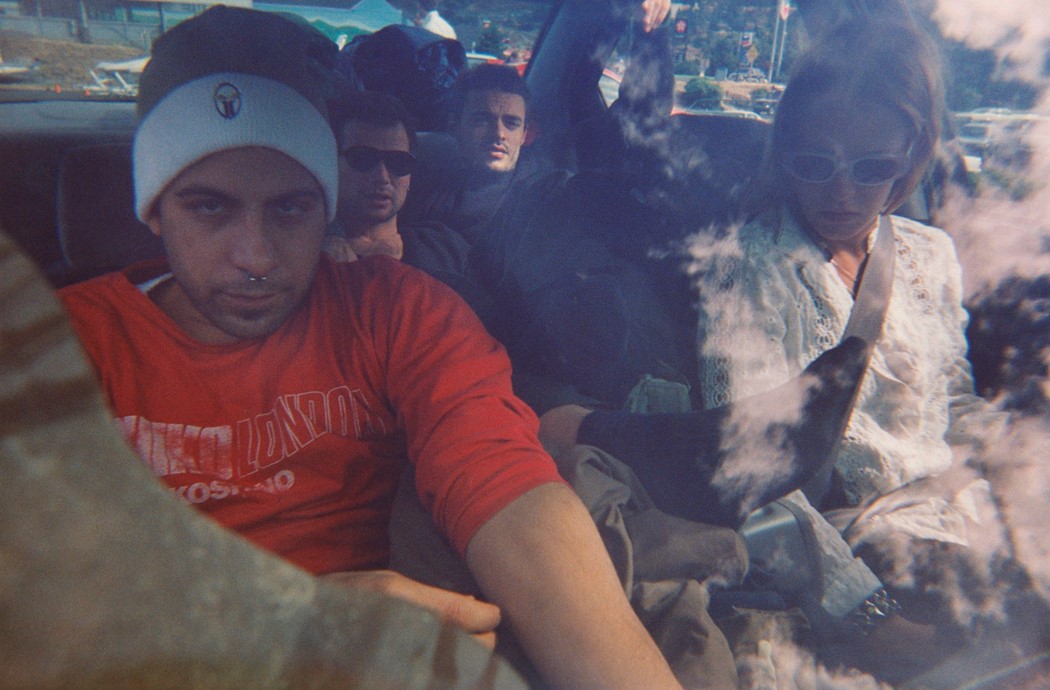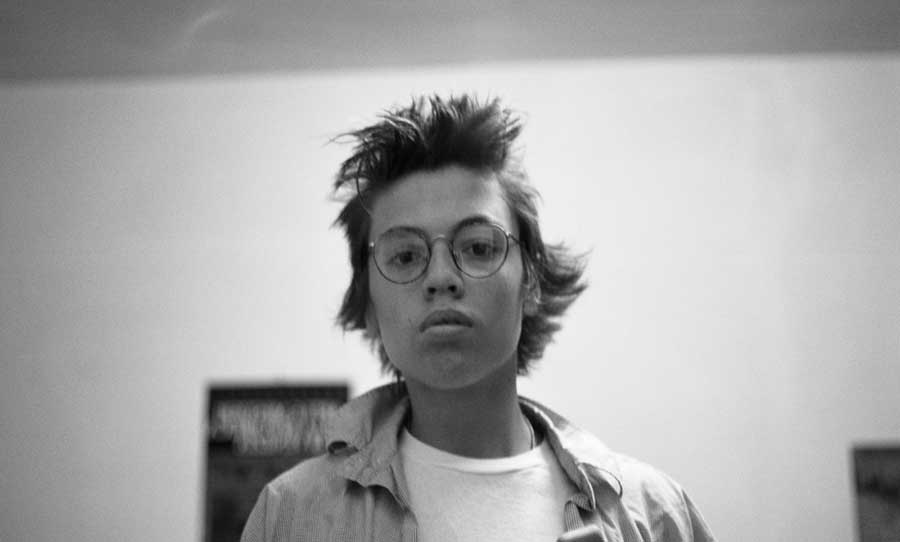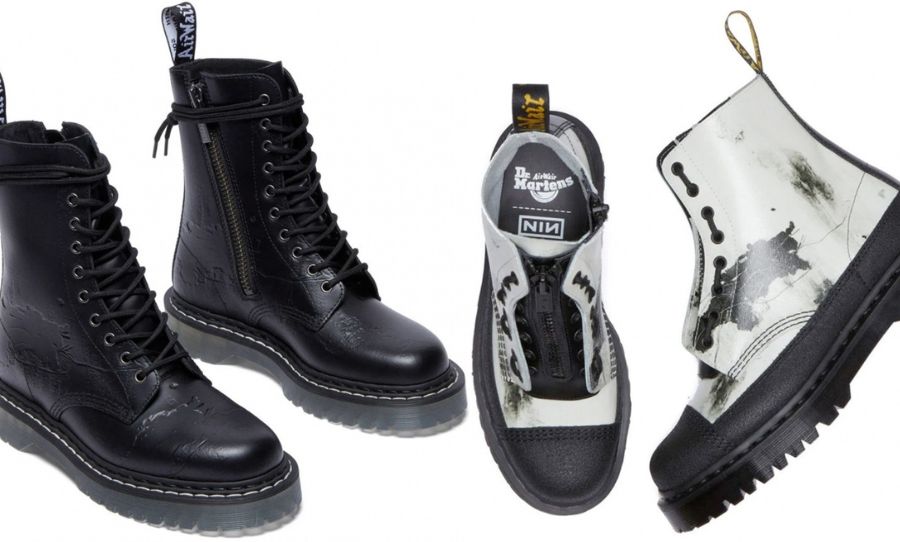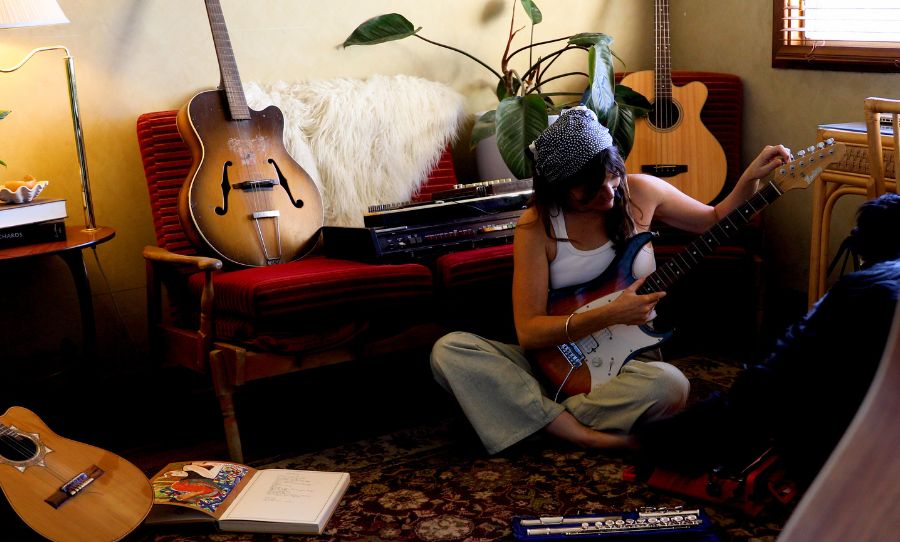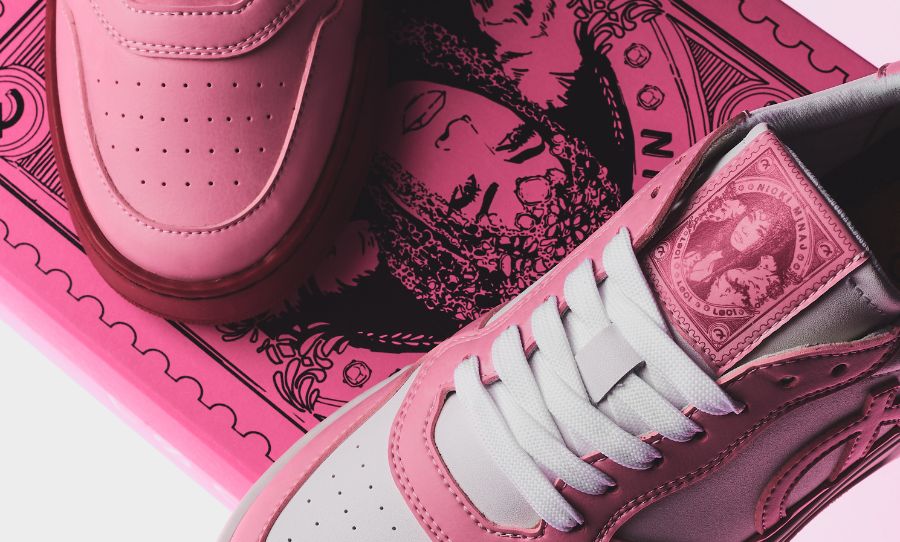You may not be familiar with the name Davide Sorrenti, but you should be. The uber-cool street and fashion photographer passed away in 1997 when he was just 20 years old from thalassemia, a genetic blood disorder, after experimenting with heroin. He left behind a body of work and a legacy that has come to define an era and a way of seeing.
Sorrenti began documenting his friends when he was 18 years old and soon his work appeared in magazines such as Interview and Detour. You can see Sorrenti’s work in the documentary, See Know Evil, and in a book that has just been released called, Davide Sorrenti ArgueSKE 1994-1997, but it’s been most commonly described an ode to the ’90s fashion aesthetic ‘heroin chic.’
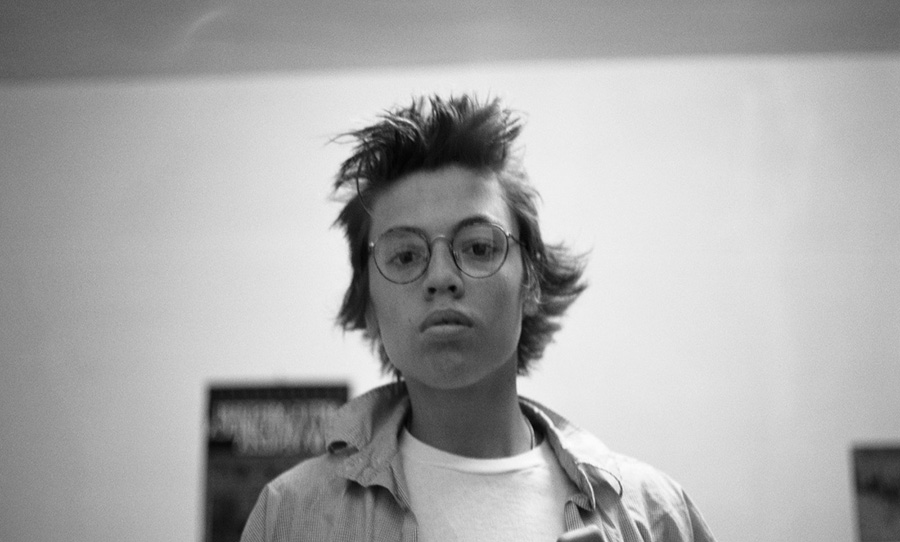
A new book, curated by his mother, reveals Davide Sorrenti’s life work and the complicated legacy that he left behind.
See Know Evil, which premiered last year, is director Charlie Curran’s debut film. Curran found Davide’s story by chance whilst he was studying at Savannah College of Art and Design. He was at the library and Davide’s photographs were laying on a table.
“It, like, clicked for me,” he tells Doc NYC at their annual film festival in New York. “I’m a student making student work, and this is a twenty-year-old… like my age when I started… he’s making art. Like, capital “A” art.”
Curran’s film traces Sorrenti’s birth in Italy to a family of well-known fashion photographers and his move to New York through mostly archival imagery. There is also footage of Jaime King, Sorrenti’s girlfriend and muse at the time, and Milla Jovovich, among others.
The retrospective work, Davide Sorrenti ArgueSKE 1994-1997, was curated by Sorrenti’s mother, Francesca, and it details the photographs taken two years before his death. Featured inside the book are some of Sorrenti’s collages, as well as editorials and contact sheets, and passages written by Harmony Korine and Glen Luchford.
In an archival piece published by The New York Times in 1997, Amy M. Spindler writes that Davide’s death, “was like a small bomb going off.” She refers to the music industry which, she says, had attempted to get its artists to get off drugs. The fashion industry, on the other hand, “…has done little to combat the problem among the young in its ranks.”
Sorrenti’s narrative is a complicated one and has, in a sense, been co-opted for various ends as is sometimes the case for those in the spotlight who die so young. His work alludes to a time that was reactionary. Instead of highly airbrushed images, Sorrenti’s work shows another kind of reality – one made popular by the documentary works of Nan Goldin and Larry Clark. Such photography gives us insight into a time not long ago but sometimes forgotten.
Davide Sorrenti ArgueSKE 1994-1997 is available from IDEA.

